Recess is a time that children look forward to and is an essential part of the day that relieves them from the tension of the classroom.But when kids come back from playing on the playground, it’s always a challenge to get them to switch back to “student” mode, and you’re left wondering: How do I get them to pay attention? I’m going to present 15 strategies for calming kids down and helping them return to the classroom in a calm mood.
Some of these strategies for calming students are appropriate for kindergarteners, others for elementary, middle and even high school students, and need to be used wisely on a case-by-case basis. Whichever strategy you choose, if you stick with it, it is sure to benefit your students.
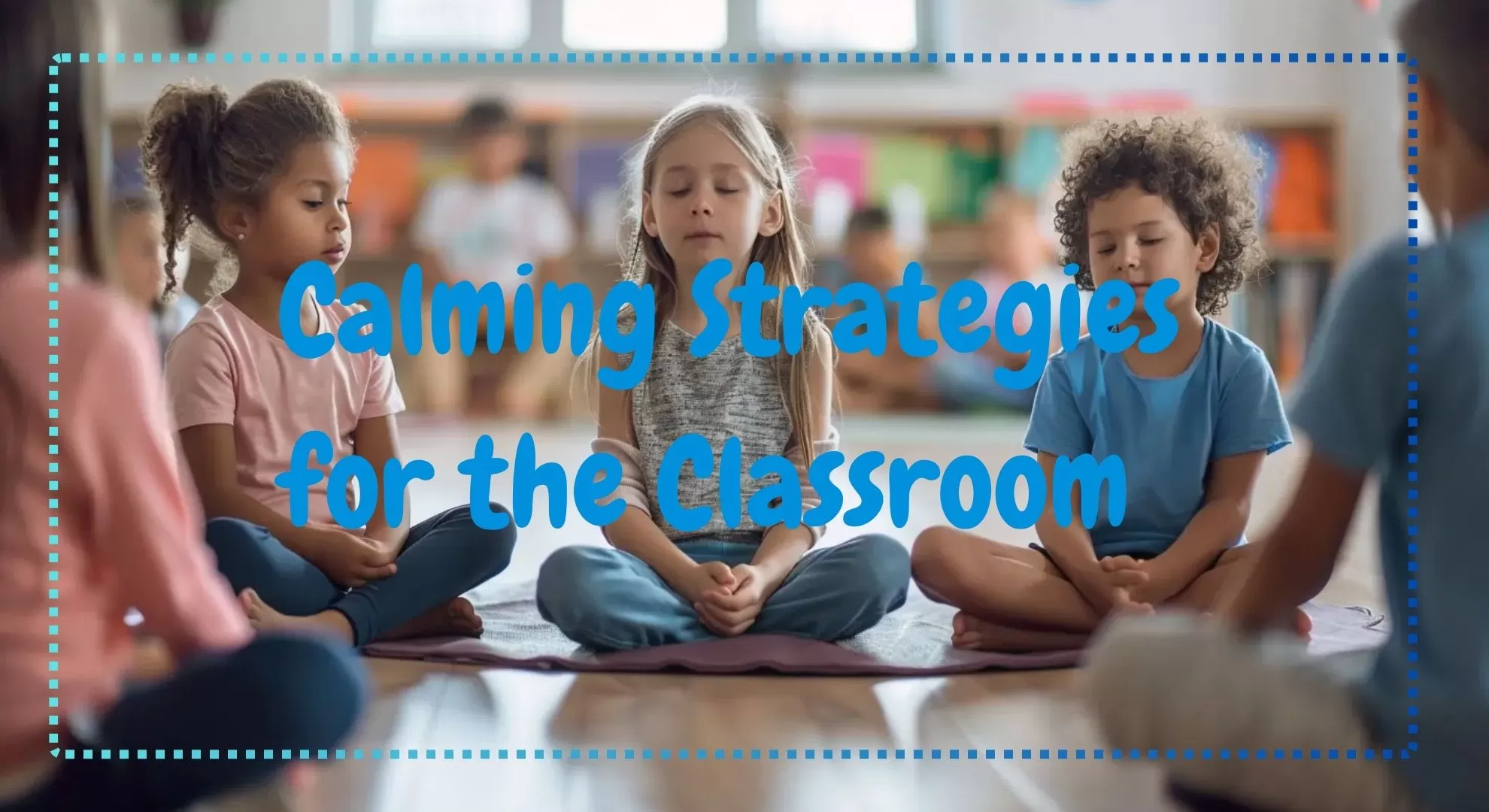
Breathing exercise is appropriate for kids in kindergarten ages 3-5 and elementary school. You can have the children sit down and relax their bodies. Guide them to inhale deeply, through the nose, slowly into the lungs, holding for 2-3 seconds; then exhale slowly through the mouth. Repeat several times to help children relax and focus.
This strategy is suitable for elementary and middle school students and can quickly rejuvenate children with lapses in attention. First, have your child close their eyes, sit quietly, and focus on their breathing or body sensations. Then direct their attention to their breathing, heartbeat, or surroundings. Hold it for 1 minute, minimizing other distractions.
Play some soft, pure music, but with the volume turned very low. The child closes his or her eyes and concentrates on listening to the subtle changes in the music or feeling the emotional changes it brings. This calming activity is used in special classrooms to restore calm and improve concentration for a short period of time.
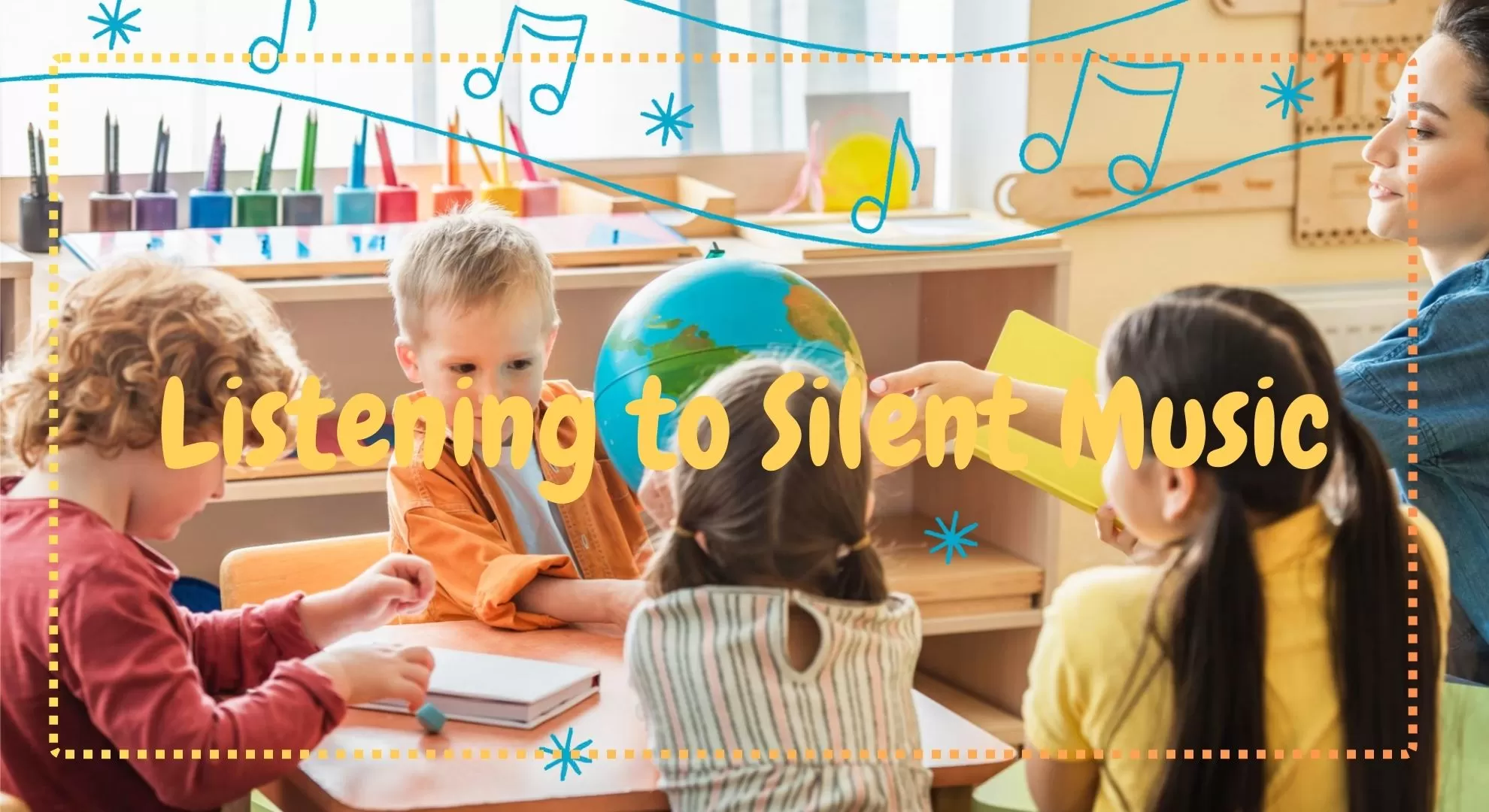
For some children who don’t easily settle into silence through breathing, visualization is a more natural and accessible way to get into a meditative state more quickly. All you need to do is provide a quiet environment for your child to focus on a specific object (such as a picture, a flower, or a leaf). Children can be asked to observe its shape, color, and details to help them calm down and focus.
After sitting for a long time to study and attend classes, children tend to have stiff shoulders, back and leg muscles. You can lead your child through simple stretches such as stretching their arms, rotating their neck, and bending over to touch the ground. Hold each stretch for 5-10 seconds to help your child relax their body and relieve tension.
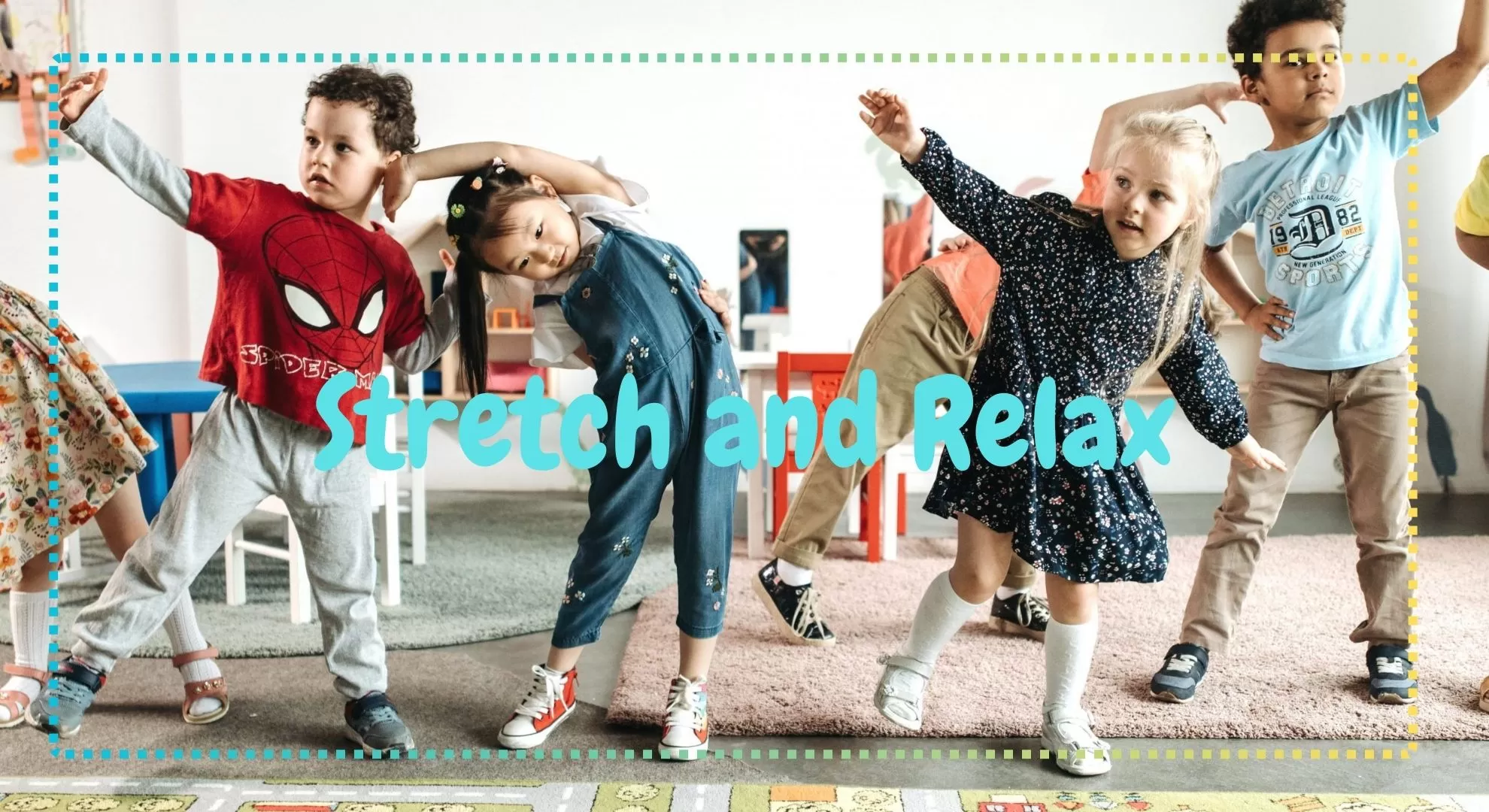
Many elementary age children don’t know how to accurately describe their feelings, and using color cards can guide children to observe and reflect on their changing emotions on a daily basis. Because color expressions are non-verbal and non-judgmental, children are more comfortable expressing themselves without being criticized or shamed for their moods. For example, “I’m blue today” (for sadness) or “I’m red now” (for anger). After recognizing your children’s emotions, you can further guide them in learning how to cope with them.
Drawing in a silent environment automatically puts children into a state of heightened concentration and gradual inner peace. You can encourage students to draw pictures of their moods or doodle randomly. Stay quiet and focused on your creation throughout the process.
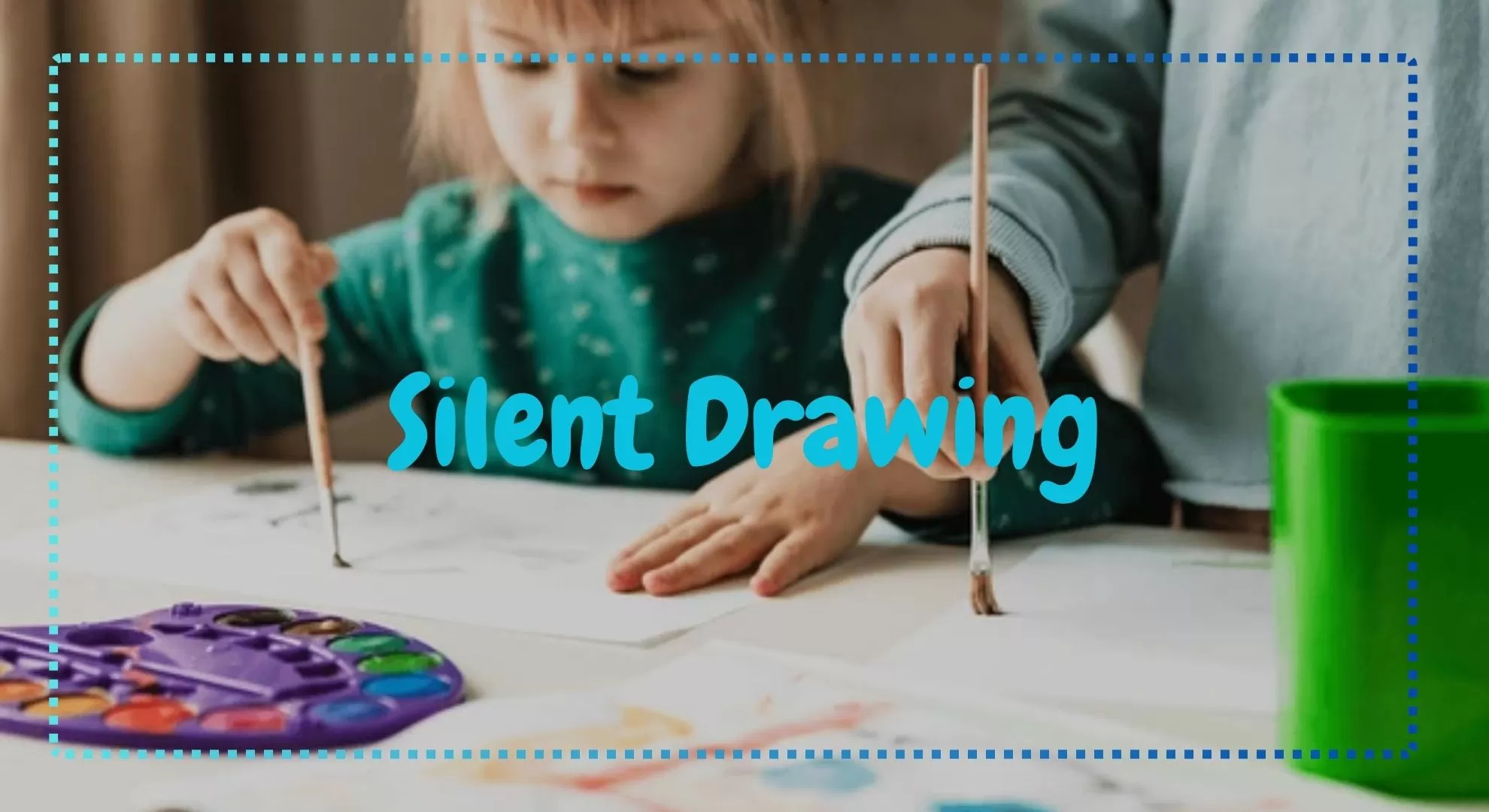
First, you need to have your students sit quietly and think of three things they are thankful for today. It can be any small thing, such as a friend’s help, the beautiful weather we had today, etc. Encourage the children to share or write them down. This method allows children to turn their attention to the good things in their lives and reduce complaining and negative thinking. It also boosts children’s positive emotions, making it easier for them to feel happy and content.
When children close their eyes, visual stimuli are reduced and they sit quietly and listen intently to sounds outside the classroom (e.g., wind, birds, peers’ breathing, etc.) This calming strategy greatly enhances their ability to focus and control their attention. Through this focused listening practice, the child’s auditory memory and verbal comprehension can also be subconsciously improved, which helps classroom learning.
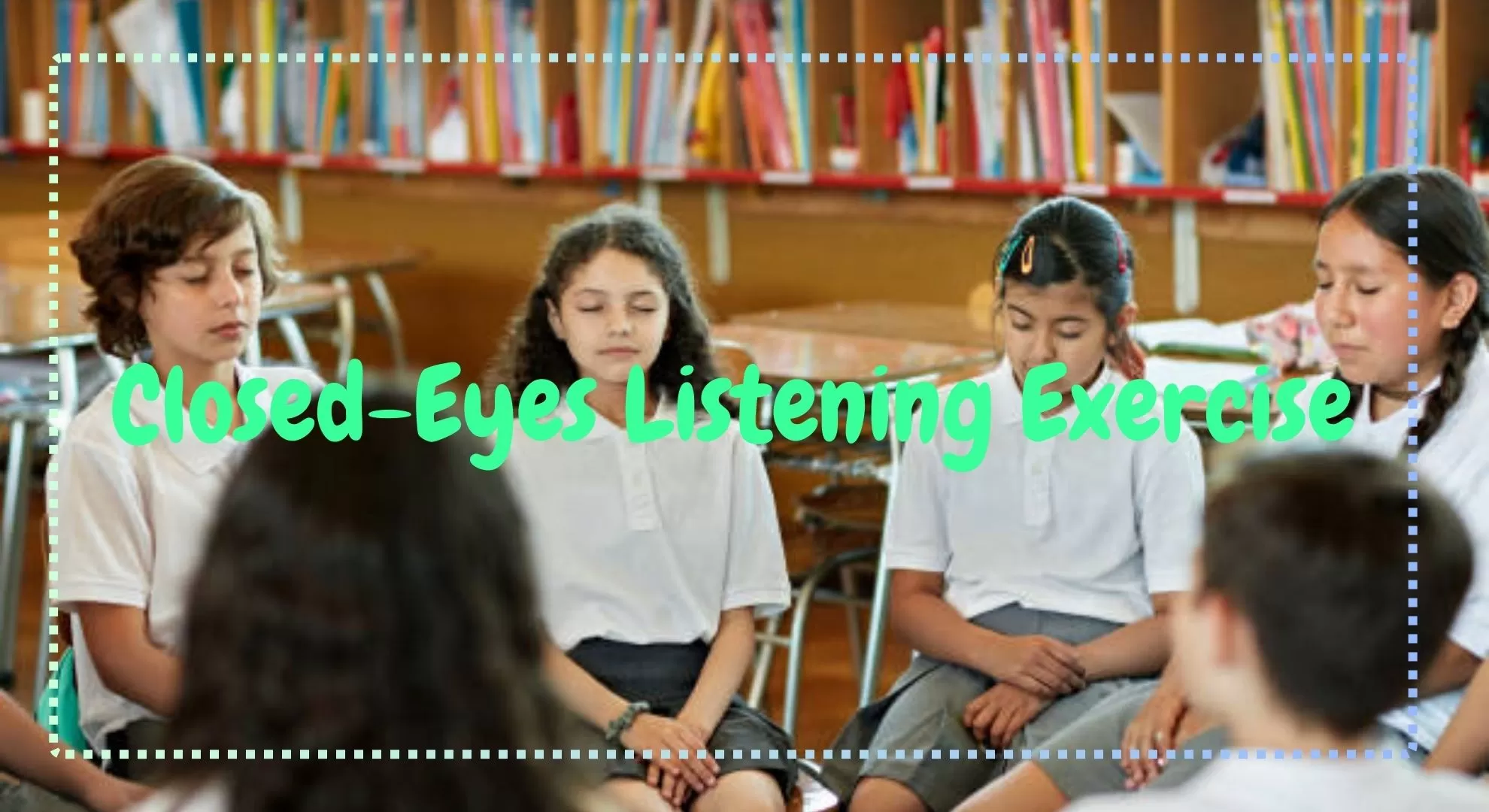
Set up a small space in the classroom that is quiet and can be left alone, with some soft cushions, books or toys. Children can spend some time here, doing independent activities and meditating and relaxing. This quiet corner allows children with emotional ups and downs to realize that they can adjust themselves in simple ways (rather than outbursts or crying). This is an excellent way to honor the child’s emotions and independent thinking.
Body scan helps your child completely relax from tightness or anxiety and is great to use for play activities, after gym class, or before bedtime. Have your child sit quietly with eyes closed and focus on each part of the body one by one from head to toe. Guide your child to notice if there are any areas of tension or discomfort and then help yourself relax those areas by breathing deeply. This is an effective strategy for children to learn to relax and improve concentration.
This is a simple but effective emotional regulation technique for use in the classroom, at home or in social situations. You can teach children simple calming phrases such as “I can stay calm,” “I feel relaxed,” and “Everything will be all right. Have them meditate on these sentences to help them calm down. When reciting silently, children need to concentrate on thinking and repeating the sentences, which improves concentration to some extent and avoids distraction.
Air writing is a simple, fun and very effective activity. Have children “write” letters or simple words in the air with their fingers, slowly, keeping their fingers moving and their movements relaxed. This helps children to concentrate and relax their bodies at the same time. Air writing combines movement, creativity and concentration and is suitable for children aged 3 years and above.
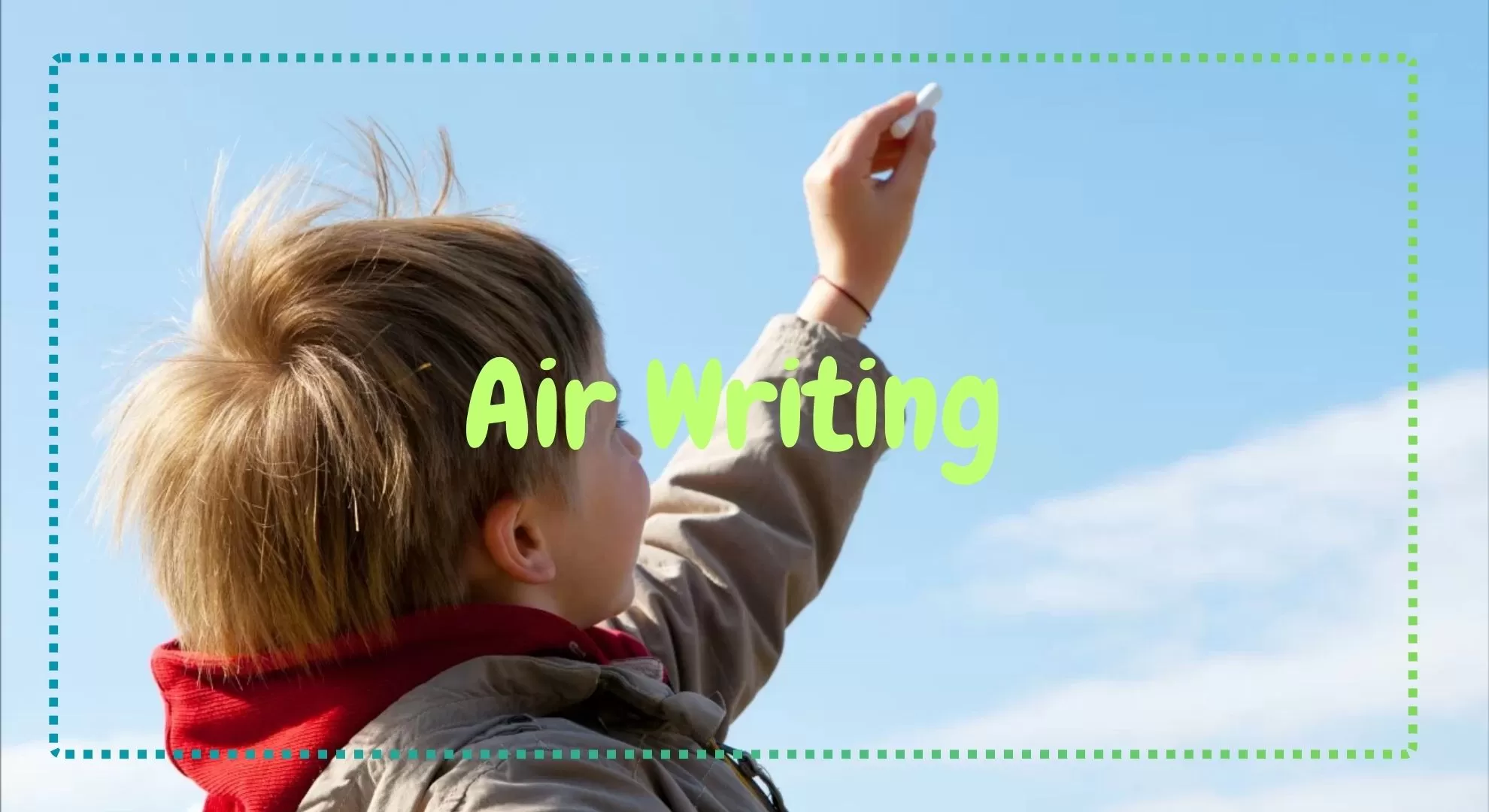
This is a fun and educational activity that encourages children to complete a specific task in very slow motion and is suitable for classroom or after-school activities. Give children a simple movement challenge such as standing up, walking or clapping. Ask them to perform it in very slow motion, slowing down as much as possible and observing the details of each movement. This activity can help children reduce tension and develop focus.
GoNoodle is an educational platform based on movement and activities that include dance, gymnastics, meditation and other interactive games that kids can engage in to release energy and calm down through movement and play. It allows kids to follow on-screen instructions to do movements or perform simple dances and exercises.
These strategies for calming students also work for adults, and doing them with them as they breathe deeply or meditate can reduce your stress as well. If you still can’t get your students to calm down, arrange for them to have fun in an exciting and challenging playground where they can naturally go into a restful state after releasing their excess energy. Want to create a more rewarding, energy-releasing recess space for your kids? NanPlay specializes in playground designs that are both exciting and challenging, so contact us to learn more.
Fun & Educational Games to Play in the Classroom
6 Stages of Play in Early Childhood
Ways to Make Learning Fun for Kids
Thank you very much for your inquiry! Your trust is our greatest motivation. We are committed to offering playgrounds that combine high quality with affordable pricing. Let us bring vitality to your venue!